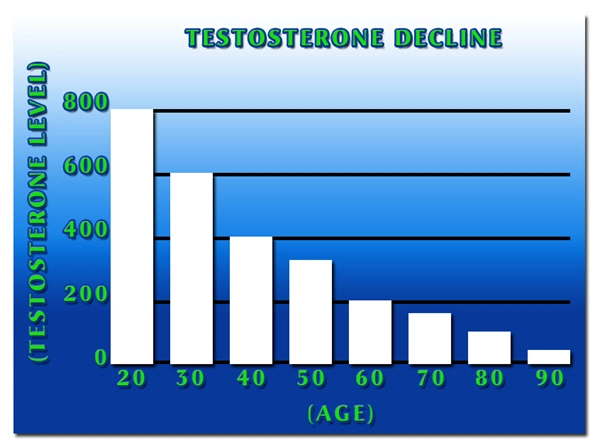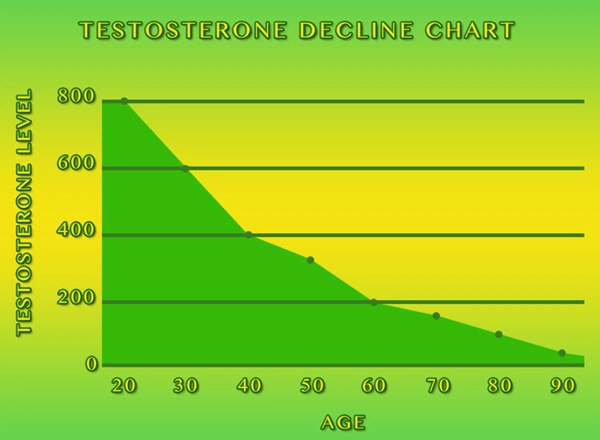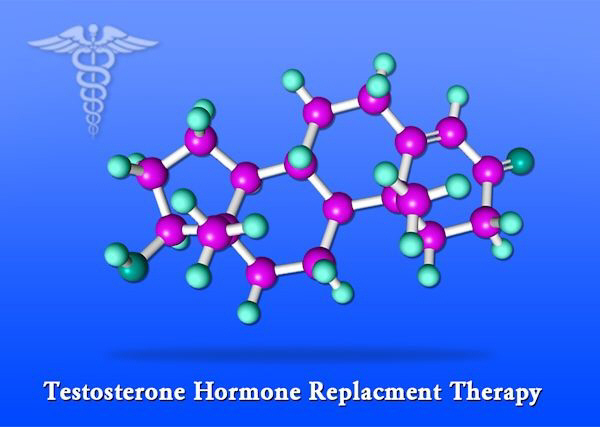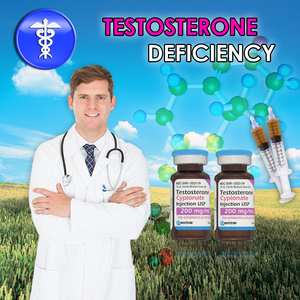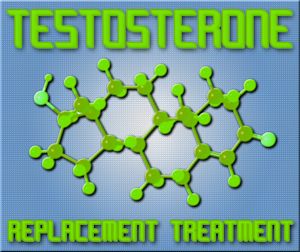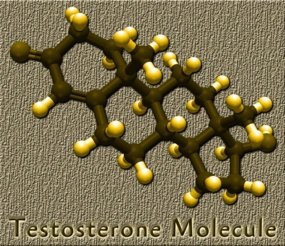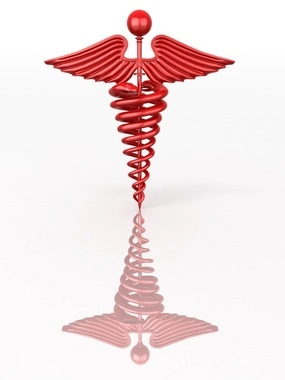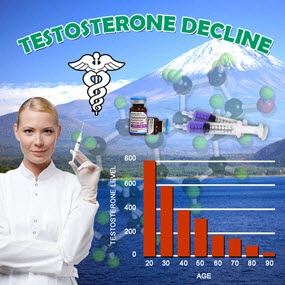Video Link: https://vimeo.com/293591835
Video Download: Click Here To Download Video
Video Stream: Click Here To Stream Video
What Are The Different Types Of Testosterone Injection - Download MP3
 Testosterone Injections
Testosterone Injections
Testosterone Injections are one of the most effective means to deliver Low Testosterone Replacement Therapy. There are a variety of different forms of Bio-Identical Testosterone. All of these kinds of Low Testosterone Treatment Injection provide the same activated form of Testosterone, but are chemically combined with different releaser products which slow down the rate at which the Testosterone Treatment is absorbed by the body. Some formulations of Testosterone Cypionate Injection take two weeks or more to release the entire amount of Low T in a single injection.
Testosterone Injection Dosage
Dependent upon the dosage and the formulation of the Testosterone, each individual Injectable Testosterone Injection will range between 50-300 mg per shot. The goal of Testosterone Injections Replacement Shots is generally to provide 100-125mg of Testosterone Replacement Therapy per week. The exact amount will be up to your Hormone Replacement Therapy Doctor, who will prescribe you a Testosterone Dosage designed to fit your unique, personal needs.
All forms of Esterized Testosterone are delivered Intramuscularly, and most are delivered in an oil suspension. The most common suspensions are sesame seed and cottonseed oil. A minority of patients may be allergic to one or both of these forms of oil and may need to choose a different oil suspension. In this case, the medication will likely have to be created in a compounding pharmacy.
The two most popular forms of Testosterone Replacement Therapy today are Testosterone Cypionate and Testosterone Enanthate.
Testosterone Cypionate
 Testosterone Cypionate is a popular type of esterized Testosterone which releases into the blood stream over the course of three weeks. Testosterone Levels are at their highest in the first two days, and the injection provides twelve days of sustained release. If you order this type of Testosterone from a Name-Brand Supplier, it’s named Depo-Testosterone, but it is possible to get this kind of Testosterone as a generic medication as well. Depo-Testosterone is a cottonseed-oil suspension.
Testosterone Cypionate is a popular type of esterized Testosterone which releases into the blood stream over the course of three weeks. Testosterone Levels are at their highest in the first two days, and the injection provides twelve days of sustained release. If you order this type of Testosterone from a Name-Brand Supplier, it’s named Depo-Testosterone, but it is possible to get this kind of Testosterone as a generic medication as well. Depo-Testosterone is a cottonseed-oil suspension.
Testosterone Enanthate
This form of Bio-Identical Testosterone Shot is an ester compound which slowly delivers the medication to the body in a period of eight to ten days. This form of Testosterone is available in generic form, but the American name-brand formulation of Testosterone Enanthate is Delatestryl. The generic form can be mixed in any approved oil, but Delatestryl is only available in sesame oil.
Testosterone Phenylproprionate
This form of Testosterone is less common than Cypionate and Proprionate, and is designed to provide a Testosterone Dose which lasts three to four days. The most common non-generic form of this Testosterone is Testolent.
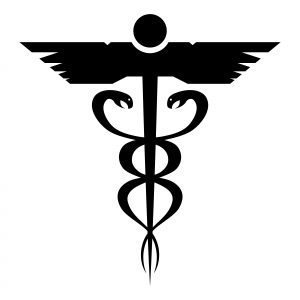 Testosterone Proprionate
Testosterone Proprionate
Unlike Testoterone Cypionate and Testosterone Enanthate, Testosterone Proprionate dissolves into the body fairly rapidly, over the course of two days generally. Virormone and Testovis are the most common brand names of this type of Testosterone. This form of Testosterone has a higher incidence of irritation and pain around the injection site, whereas most other common forms are much less painful.
Liquid-Suspended Testosterone
This is one of the rarest forms of Testosterone Replacement Therapy, because it requires daily injections, and the body burns through the Testosterone very quickly immediately upon injection. This kind of Testosterone is not connected to any ester, so there is no mechanism by which to slow down absorption. Aquaviron is the Brand Name for this Testosterone Treatment.
Mixed Testosterone Treatment
There are many independent Testosterone Formulations which utilize mixes of different Testosterone Esters in order to provide an optimal release of Testosterone over time. Every form of Testosterone has its own timeline of release, and some forms of Testosterone work very well together and create a streamlined release of the hormone.
 Testosterone Creams and Gels
Testosterone Creams and Gels
Testosterone Creams are another popular form of Testosterone Replacement Therapy. Testosterone Creams are easier than Testosterone Injections, but require daily doses, rather than weekly or bi-weekly doses like most popular Testosterone Injection Therapy regimens require. Testosterone Creams are topical treatments, meaning that they are massaged and absorbed into the skin.
Testosterone Creams are water-based formulations, and absorb into the skin over the course of 10-15 minutes, although the area should be covered, because it can still transmit Testosterone via contact for a couple of hours after treatment. It's also important for patients to avoid water for a couple of hours after applying the treatment, because it can mitigate the effectiveness of the Hormone Therapy Treatment.
Testosterone Gels are functionally very similar to Testosterone Creams, but there are a couple of distinct differences between the two products. Low-T Gels deliver Testosterone through an oil suspension rather than a water-based cream. The benefit of this is that it absorbs into the skin in around five minutes, rather than ten to fifteen. Also, it's important to note that Testosterone Gels must be massaged into a larger area than Creams.
Many patients and their doctors prefer Low-T Gels and Creams to Testosterone Injections, because it allows for better control of the ebbs and flows of Testosterone Concentrations in the body. Testosterone Creams are better at preventing Tachyphylaxis than Injections, a condition in which the body responds to abnormal levels of a Hormone or other natural physiological compound by increasing resistance to treatment.
 Testosterone Pellets for Dermal Implantation
Testosterone Pellets for Dermal Implantation
Low-T Pellets, like Testosterone Injections, provide a consistent dose of Testosterone over an extended period of time. Testosterone Pellets are delivered via surgical implantation just under the skin. The procedure is simple and can be completed in a quick outpatient visit. The physician will cut a small incision into the skin and implant a number of Bio-Identical Testosterone Pellets into the wound.
After implantation, the wound is sealed with medical tape, and the skin heals completely in just a few days. Implantable Low-T Pellets provide three to five months of real Testosterone to the patient, released at a steady and reliable pace. Because Testosterone Pellets release medication slowly and steadily, they are more resistant to tachyphylaxis than Low-T Injections.
The biggest issue with Testosterone Pellets is the barrier of surgical implantation, which may turn off some patients. Also, Low-T Pellets do have a small risk of side-effects exclusive to implantation. For one, there is a risk of infection related to the implantation, but this occurs in less than one percent of patients. Second, there is a small chance that one or more pellets will work their way out of the wound, which will lead to another visit with the physician to secure the pellets and ensure that the treatment continues successfully.
Because of the risk of losing pellets, it's important to be conscientious in one's actions after the surgery has been conducted. It will be necessary to take it easy for a few days, not putting undo pressure or agitating the area where the pellet has been implanted. Once the wound has healed, you can go about business as usual!
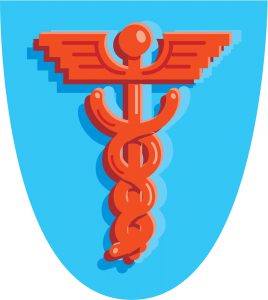 Testosterone Transdermal Patches
Testosterone Transdermal Patches
Low-T Patches are a treatment which bears many similarities to both Testosterone Creams and Testosterone Gels. All three forms of treatment increase Testosterone Levels in Low-Patients by applying it to the skin via absorption. Testosterone Patches are different, however, in that they deliver a low dose of Testosterone through the skin over the course of a 24 hour period, whereas Low-T Gels and Creams provide the full dose all at once, which circulates through the blood stream through the course of the day.
Low-T Patches provide Testosterone Hormone at the lowest concentrations over time, which means it has the lowest incidence of internal side-effects, because it follows the low-dose high-frequency Hormone Replacement Strategy most consistency. On the other hand, because a small area of the body is experiencing a steady drip of Testosterone, this means that Patches can lead to a bit of skin irritation at the point where the patch is applied.
Testosterone Buccal Patch
Buccal Testosterone is another form of patch Testosterone, but rather than being applied to the skin, it is a small patch that is applied to the gum line, where it is absorbed via the sensitive membranes within the mouth. These patches are generally applied twice daily, providing a consistent dose over the course of twelve hours. Like Testosterone Transdermal Patches, this form of Testosterone safely provides a consistent dose of medication, and can also in some cases lead to irritation as a side-effect to the area where the patch is applied.
Sublingual Testosterone
Sublingual Low-T Treatment is another treatment that, like the Buccal Testosterone, is delivered to through oral absorption. This form of treatment absorbs fully into the blood stream very quickly, reaching maximum concentration in twenty minutes and providing a fading dose over the course of around six hours. Sublingual Testosterone is generally delivered three times daily for maximum effectiveness. It's physiological profile shares many characteristics with Testosterone Creams, but provides a slightly more consistent dose, as it is administered more often.
Contact Us Today For A Free Consultation

Word Count: 1485

